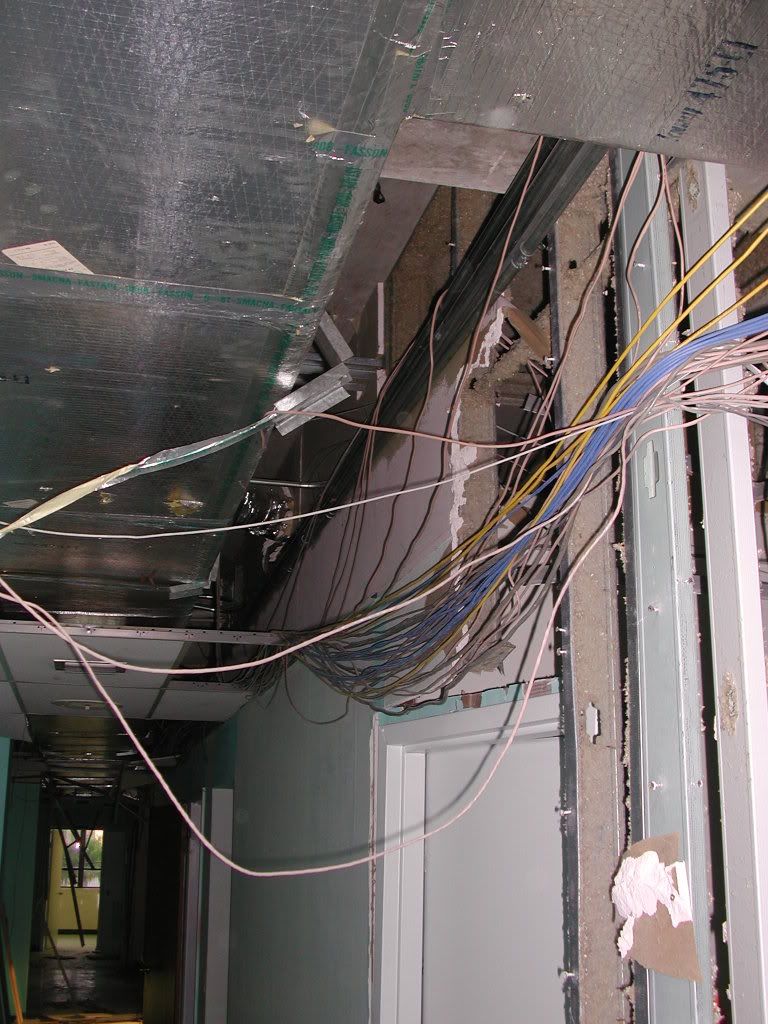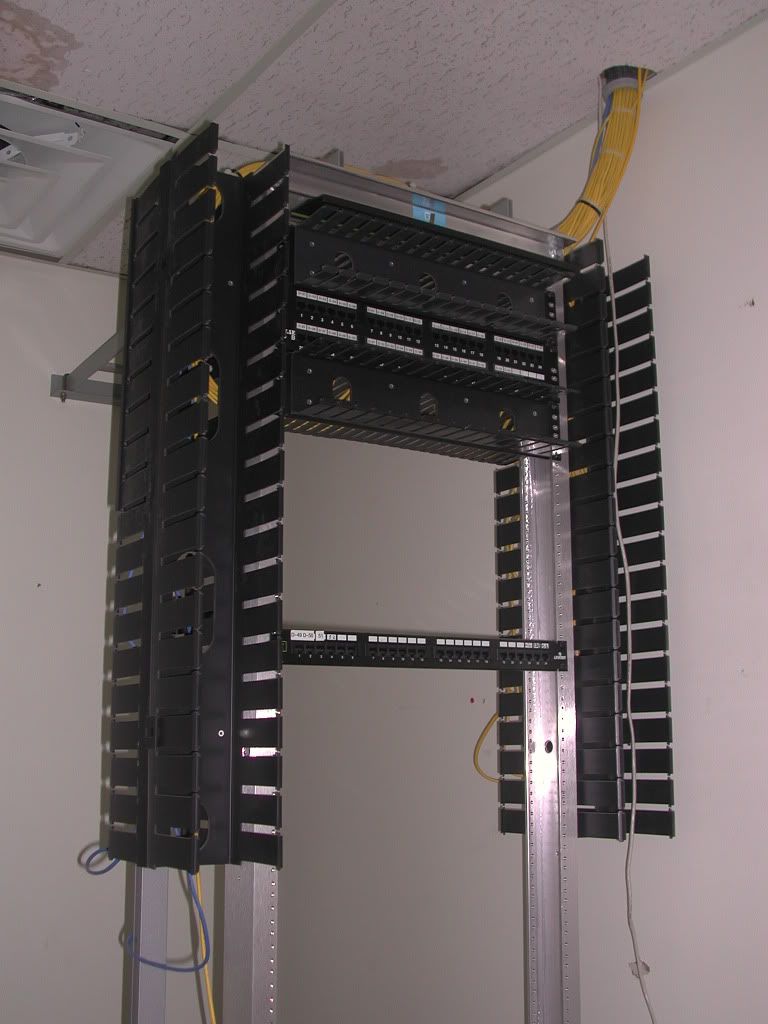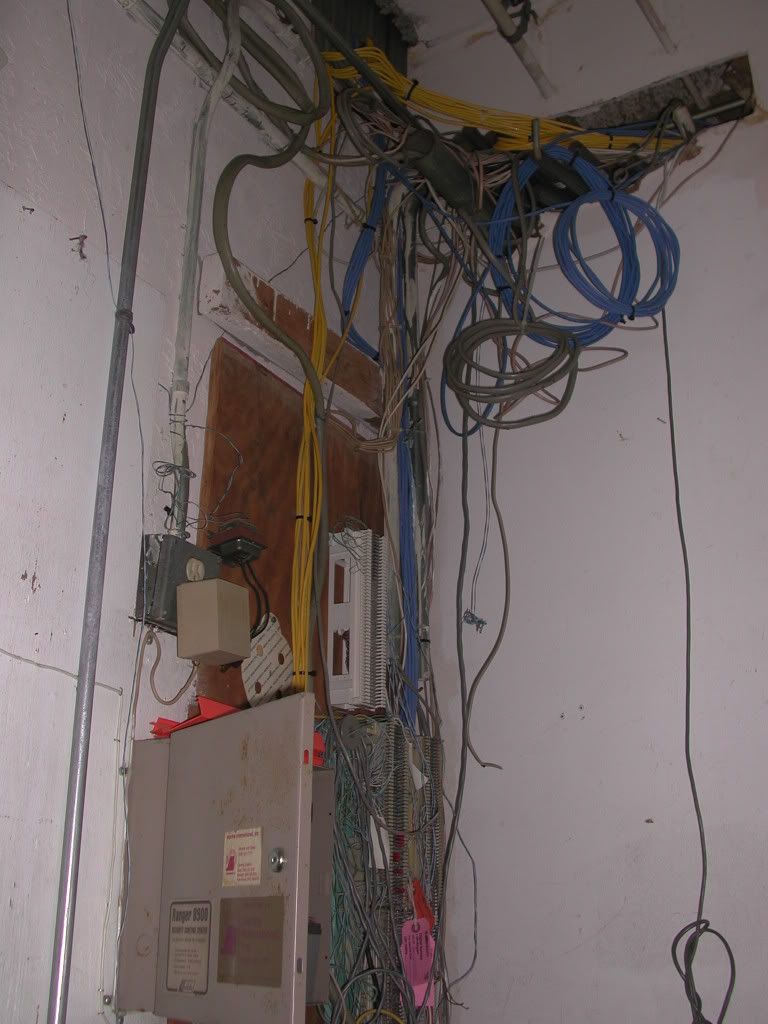Abandoned cables need to be removed. period. I do not like the NEC exception re: tagging abandoned cables for "future use", but I don't have to like it. Leaving in existing cabling that has no real future use is, but marking it so, borderline negligence in my opinion. Now, who's responsible for pulling the abandonded cable is a matter for another discussion.
If the 50 unused cables are a real hazard, then the 500 in use cables is ten times the hazard.
May I ask a question? If you had to, by code, install 100 GFCIs, would you only install 90 of them? After all, we're talking about the same 10% increase in hazard. Or only use firestop on 90% of the penetrations you create in fire-rated assemblies?
Like Hal alluded to, I have been in buildings where 3 or 4 generations of phone and data cabling were installed, and none of the old, obsolete, abandonded cabling was removed. Aside from being typically nightmarish to work on, there have been a few cases where new cabling could not be installed until the old was removed.
My own thought is that if a fire ever reaches v/d/v cabling, the building and its occupants are already in serious trouble. In a fire, the carpet, furniture, and other combustibles are far more likely to kill a building's occupants than smoke given off from burning PVC catx jackets.
What I think matters not. Removing abandoned cabling is good practice. And it's code.
Looking at Chris's photos, the only tool one needs for that awful install is a pair of wire cutters. None of the cabling is "neat and workmanlike" (save what's left of the data rack). 800.21 doesn't apply: presumably, the ceiling tiles could be removed, though local codes here prevent any v/d/v cable from even touching the grid or tiles.
I would have to disagree with Hal in that cabling in conduit can *usually* be removed w/o damaging the structure of the building. If I'm wrong on that point, please feel free to correct me by citing the appropriate section(s) of the NEC or building codes that say otherwise.



